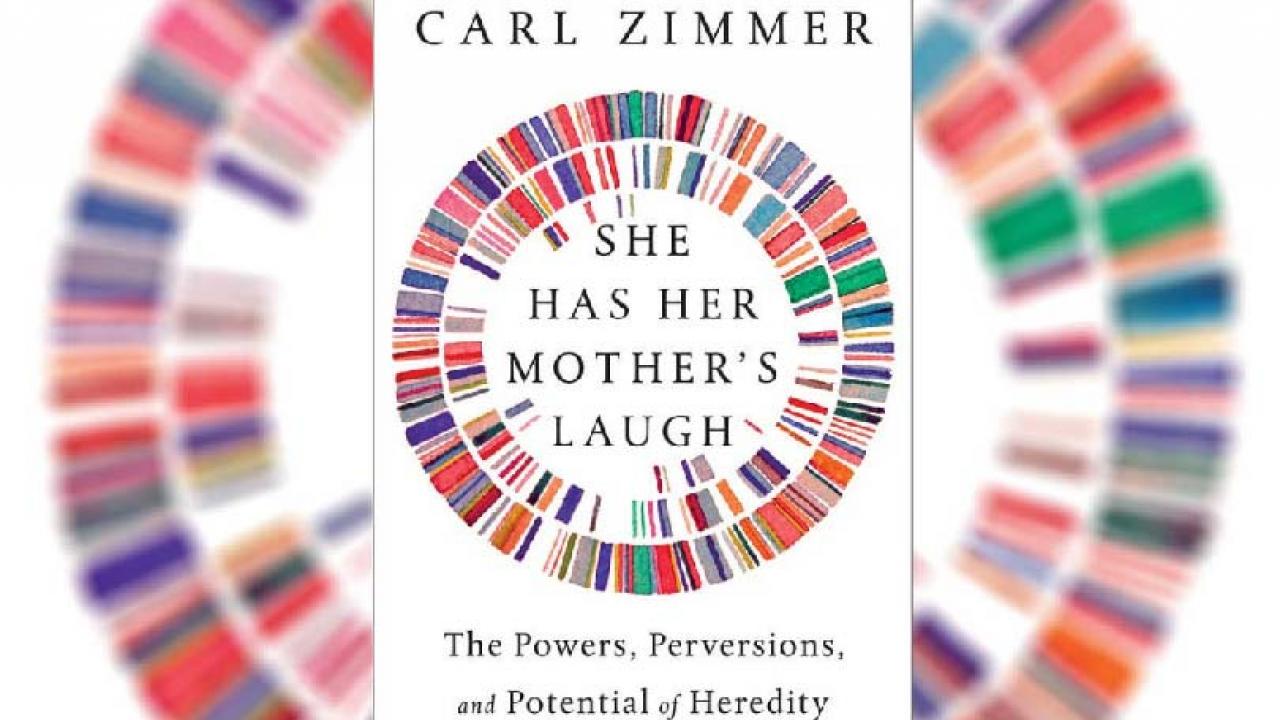
Part III: The Pedigree Within - Reader's Summary
In Ex Ovo Onmia Zimmer talks about the development of ecto meso endoderm and how when a cell divides it decides which of its characteristics it wants to pass on to its offspring (cell differentiation). He discusses Conklin and how he traced the trajectory of cells from zygotes to differentiated cell types to tissues and organs. Once a cell differentiates it loses some of its ability to become certain types of cells; germ cells are the only cells that maintain their ability to become anything and have a complete genetic profile. Germ cells either become sperm and eggs, or remain stem cells in the body to create new cells throughout life as needed. In the early study of heredity, embryologists opposed geneticists because of the pursuit of origin of embryo before cell origin.
The tale continues with Zimmer’s detailed account of cell mutations. First observed in plants, cell mutations are caused when cells divide and either create incomplete or changed chromosomal composition in one or both daughter cells. Cancer cells are a form of cell mutation, and also a type of mosaicism. Apples streaked red and yellow were the first discovered example of mosaics: with cells dividing to have only light or dark alleles but intermixing amongst themselves giving off a striped appearance. Individuals with both male and female sex characteristics are considered mosaics as well - originally being male but cells dividing to include on XX chromosomes or some other arrangement (XXY, XYY, etc.). Zimmer finally tells the tale of how mosaics can both cause and heal medical conditions. While Astrea’s mosaic heart cells caused long QT syndrome that could only be resolved with a new heart, the woman with skin that was unable to stretch was ultimately healed with patches of healthy skin dividing and reproducing to create larger chunks of unimpaired skin in her late 20s.
Gene and cell mutation, previously seen as a rarity, has come a long way and is now considered a consistent aspect of heredity. Ray Davis Owen discovered that by nature of having a twin, cows could be permanently changed to maintain DNA of their twin. While cow placentas are more heavily linked than other mammals, it is not the case that cow fetuses share blood and therefore receive some genetic material from their twin. In fact, in utero these fetuses share all kinds of genetic material, including stem cells that ultimately allow them to individually make new cells that contain the genetic material of their twin. Hans winkler chose to call these individuals with shared genetic material “chimaeras.” Chimaera’s share DNA in such a basic way that some of their cells may look as though they are entirely genetically unique from each other. Many people with twins are chimaeras, but amazingly, mothers become microchimaera’s when they become pregnant - with some mother’s keeping the DNA of their sons in their brains for decades. This DNA can even be passed on to future children the mother has (such as a daughter inheriting her brother’s DNA). Zimmer closes with an overview of Elizabeth Murchison’s investigation of contagious tumors and the sharing of cells between individuals.
Discussion Points:
- Are there studies regarding genetic material being passed on to babies from surrogates?
- Evolution of characteristics (i.e. long giraffe neck)
- BRA1/2 - breast cancer and less likely if you’ve had a baby
- Purpose of mosaics?
- Uniqueness of mosaic not necessarily passed on…
- potato famine babies had more physical and mental problems as a result of stress on mothers, linked to gut microbiome health
- Fetal cells related to reduced rates of breast cancer
- Would be very interesting to trace cells throughout the body
- Healing/hindering aspects of mosaics
- Skin disease and long QT syndrome
- Contagious cancers
- Some mosaic cells/mutated cells may be more aggressive
- Contagious cancers; Tasmanian devils
- Who decides ethics? Is there a better way to study interesting cases?
- Moving towards treating people like people in medicine and science
- The MIND Institute works very hard to focus on communication to address this issue
- Mary Lyon
- Mouse newsletter
- Scientific vendettas
- Changing scientific culture to admit when discoveries were wrong or results are not reproducible
- Problems with ego and ownership in science. Important to be mindful of how ego is involved in science, better philosophy to work towards the betterment of science.
- Ego in science can be driven by grants
- Women in science
Lindsey Mooney is a psychology graduate student at UC Davis in the Memory and Development Lab at the Center for Mind and Brain. Follow her on Twitter @Linz_Mooney. For more content from the UC Davis science communication group "Science Says", follow us on twitter @SciSays.

Comments